Dear Students from Professor xxxx's Course, Last month I gave a guest Zoom lecture on Mindless Eating for your Consumer Behavior course. Part of the lecture was how people can change habits and get out of unwanted ruts. At the end of the Q&A, the last questions were along the lines of “How can a person find time to think more deeply about how to solve problems or make opportunities in their life?” I loved that question, and it’s super appropriate given that you’re going to have the opportunity to face all sorts of opportunities and problems this summer – new jobs, internships, new relationships, moving, and all the related things you need to solve or tackle. At the time I shared this 3-step process that I use. At that time, I hadn’t shared it with anyone, and I’m not sure I very effectively explained it to you in a way that you could easily remember or use. I thought I would send a short follow-up at some point, and a conversation which I had this weekend, made me want to do it before you get too far into your summer. Your classmate’s question was a great one because we all have tons of things in our live, we would like to be better but we’re not sure how to do it. We might try half-heartedly do one or two obvious things and shrug when they don’t work. These can range from important things like “How do I find an exciting job where I’ll learn a lot” or “How can I find a great spouse,” to small, but nagging little problems like “How do I sublet my apartment,” or “How can I meet new friends?” But we don’t usually try too hard to solve these problems. That is, we usually don’t come up with the right answers because we don’t think in a focused, deep way about how to solve them. We moan about them, we avoid them, or we settle for an expedient band-aid solution. Still, no one’s better able to find the unique-to-you answers to these problems better than you. If you had an easy strategy to come up with the answers, your answers might not be perfect, but they would be a huge move in the right direction. In class I tried to explain this process that is very useful to me and which might be useful for you to try out. Over the past years, I’ve distilled into three steps: Step 1. Find 30 Minutes of Undistracted, No-Phone time. Find 30 minutes of undistracted, nonelectronic time, and grab a journal or a piece of paper and pen. This can be first thing in the morning (best) or just before bed (next best). At the top of the paper write down “10 Actions for. . . . “and plug in your problem or opportunity. Step 2. Write 10 Actions that would Solve the Problem that’s Most on Your Mind. Write down 10 actions that you believe you could realistically take (if you wanted) to help start solving your problem. The more specific your answer the better. Your first 3-4 actions will come fast because they are obvious, but they’re also the actions you probably don’t want to take, or this wouldn’t be a problem. The next 3-4 are going to take thought, because you’re stretching past the obvious. The last 3-4 will be difficult to generate and might seem wacky, but it’s often where your real turn-around insights will happen. The key take-away is that you must write down 10, even if a bunch of them seem too far out of the box. Step 3. Pick the Best 2-4 Ideas and Schedule a Time to Do Them. Schedule your 2-4 best and easiest ideas into your to-do list or calendar. You can do more, but usually 2-4 is enough to get you unstuck and to make huge progress. If an example would be useful, here’s what I do. Most mornings I think of one thing that’s on my mind that I’m unsure how to tackle. Yesterday was Monday and my topic was how can I change the home page for a website I’m creating for family meals. Today’s topic was how I can learn 14 fairly-new-to-me (Grateful Dead and Elvis Costello) songs in four days for a new band I just joined. Here’s what the first 30 minutes of my day looked like yesterday and today: Step 1. Find 30 Minutes of Undistracted, No-Phone time. I did them first thing in the morning. I laid on my home office couch with a journal and a pen. This was before anyone else was up, and before I turned on my computer or checked my phone. Step 2. Write 10 Actions that would Solve the Problem. This took me about 25 minutes with the webpage issue, but it took me about 45 minutes with the new songs issue because the problem was so unfamiliar to me that I spent a lot of time holding a pen and staring at the paper. I spend a bit more than 30 minutes because I felt I was on a roll. You’ll also notice below that for the web page, I put down 11 ideas on the page (and a couple others on the next) since things were flowing. Step 3. Pick the Best 2-4 Ideas and Schedule a Time to Do Them. For the website issue, I acted on idea last night and put the others on the calendar for next Monday (after the 3-day weekend). For the songs, I started this morning and created templates for them. I’m sure have lots of problems, and I’ll change them, but at least it will get me over this 4-day hump. There might be a ton of ways you can modify it to work for you, but the main ideas are: Pick an undistracted (no phone) time with pencil and paper, write down 10 (ten) specific actions, and immediately do them or schedule them.
This presentation was a month ago, but here’s why this came up and why I’m writing you now. Last weekend a former graduate student is moving with his family to start a new job, and he has 400 things on his mind. He asked me about two questions/problems/issues he’s facing. After talking, I described this approach to him as a way of tackling the other 398 issues he’ll be facing on a daily basis once he drives the moving van into town. He said, “I do something similar. I come up with 3-4 ideas. I just never do anything about them, and then I forget them.” I told him the key isn’t usually the first 3-4 solutions to the problem. It’s the next 6-7 great ones come up after you’ve stared at a blank page for 20 minutes. And writing them down helps with remembering. And having them in a journal keeps them organized. Good luck with trying this out. Give it a week, and if you get the chance let me know how its working for you and how you might have adjusted or modified it. In the meantime, I better get back to playing a lot of wrong notes so I can get them out of the way. All my best, Brian Wansink
0 Comments
Leave a Reply. |
Welcome...Tips for PhDs is a how-to community that helps us share our best practices as PhD students, new professors, and independent scholars.
Helpful tools and tips on how to graduate, get tenure, teach better, publish more, and have a super rewarding career.
Relevant Posts
All
Some Older PostsArchives
April 2024
|
Share Your Insights and IdeasWhat have you created or found that's been useful and could be helpful for other PhD students, new professors, or independent scholars?
Send an email to [email protected] if you have something you think would be useful to share with others on this website, or if you have ideas on how to make this more useful to you or your students. |
Stay in touch |


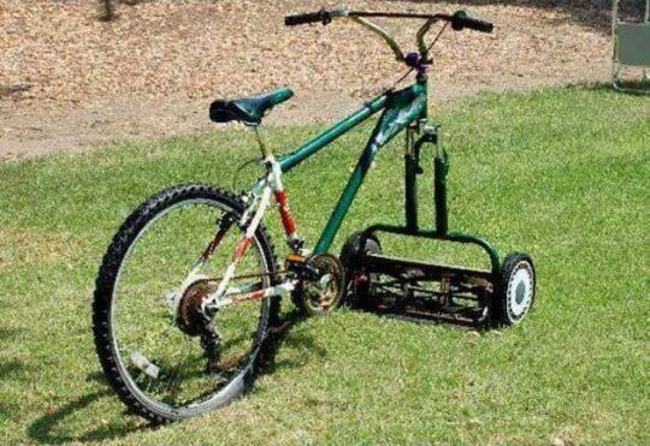
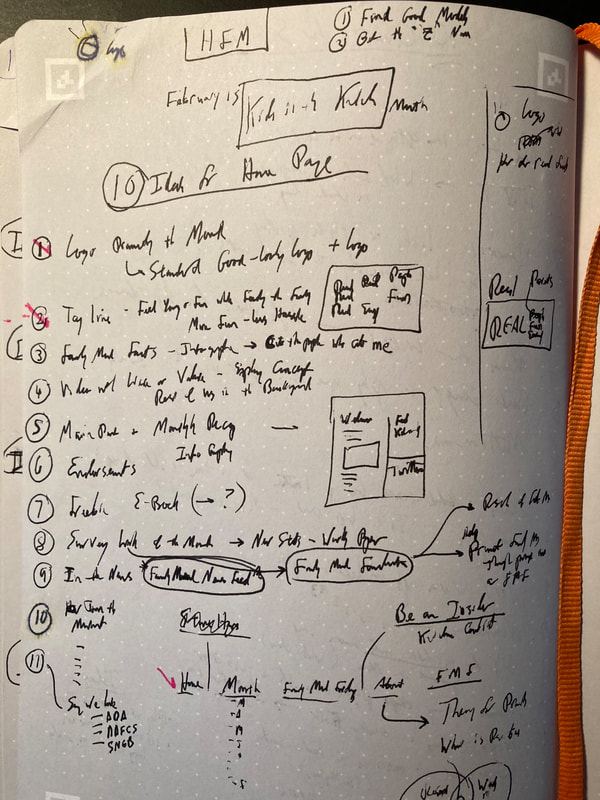
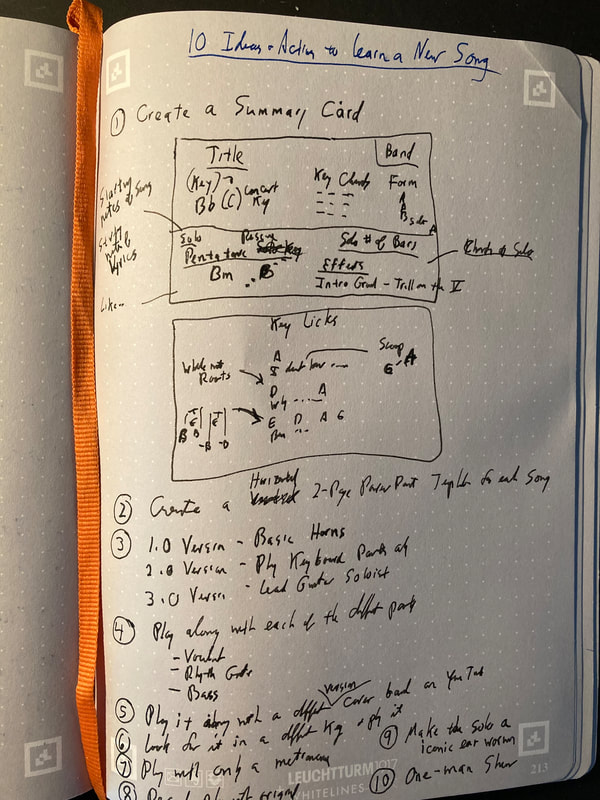
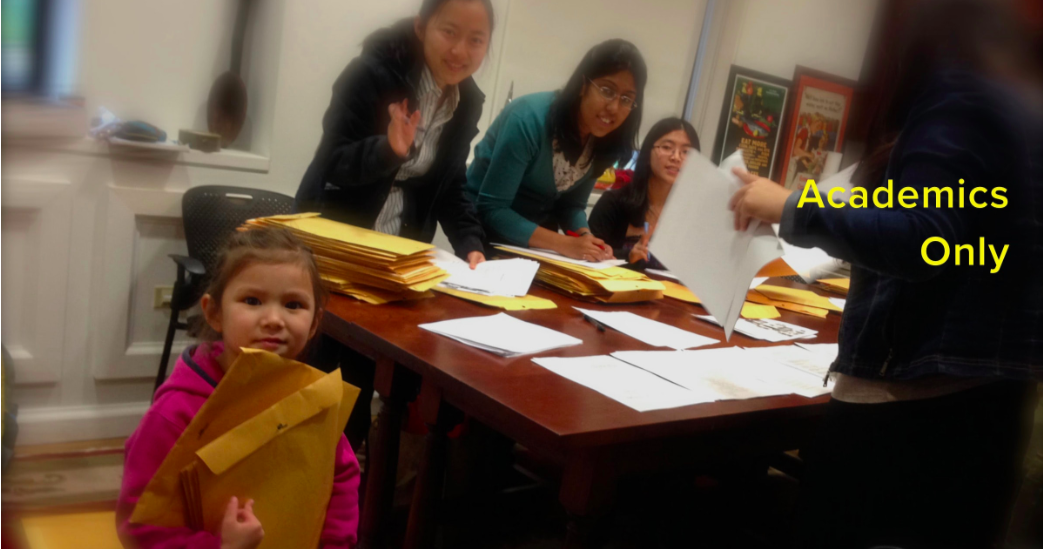

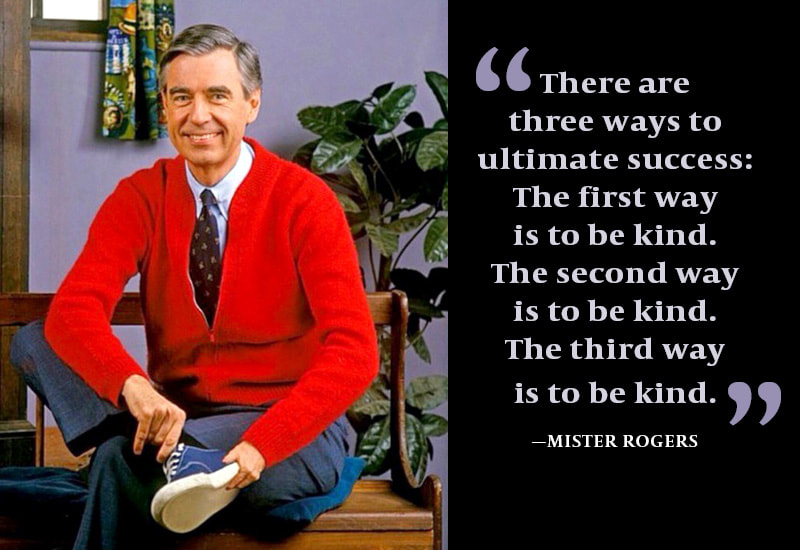

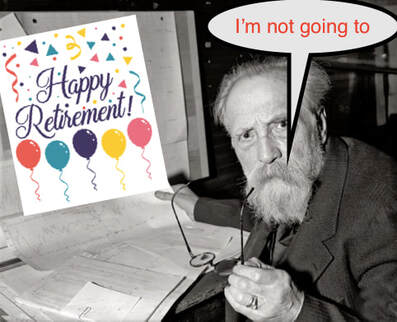
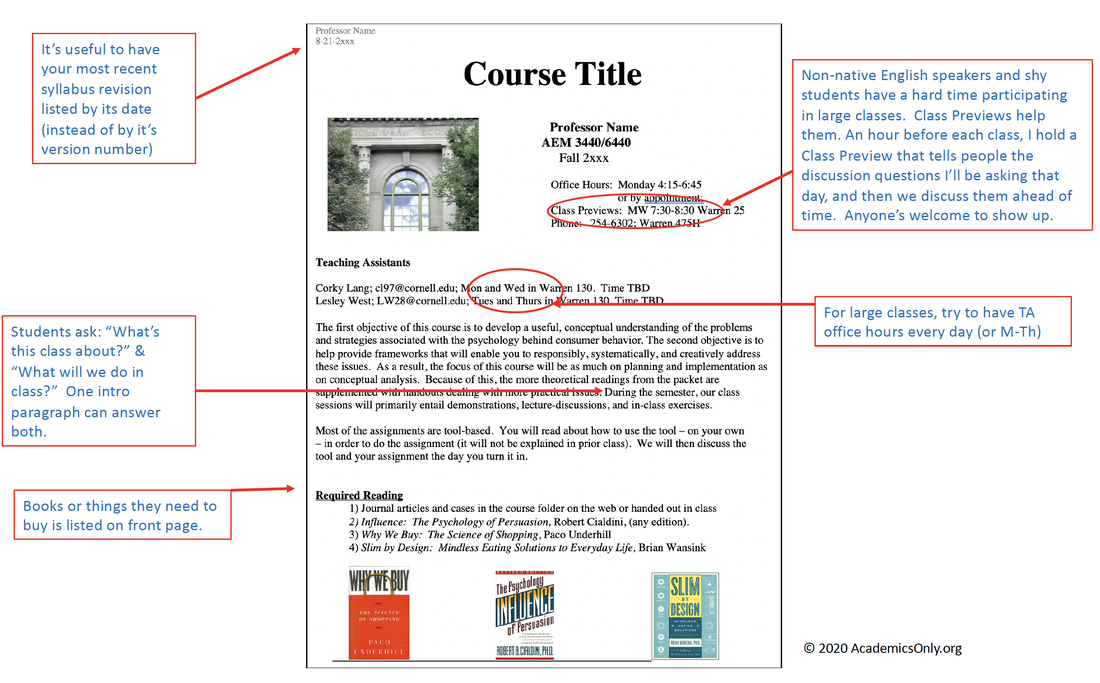

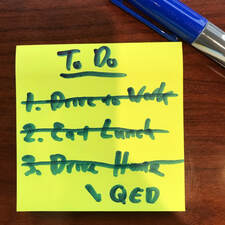

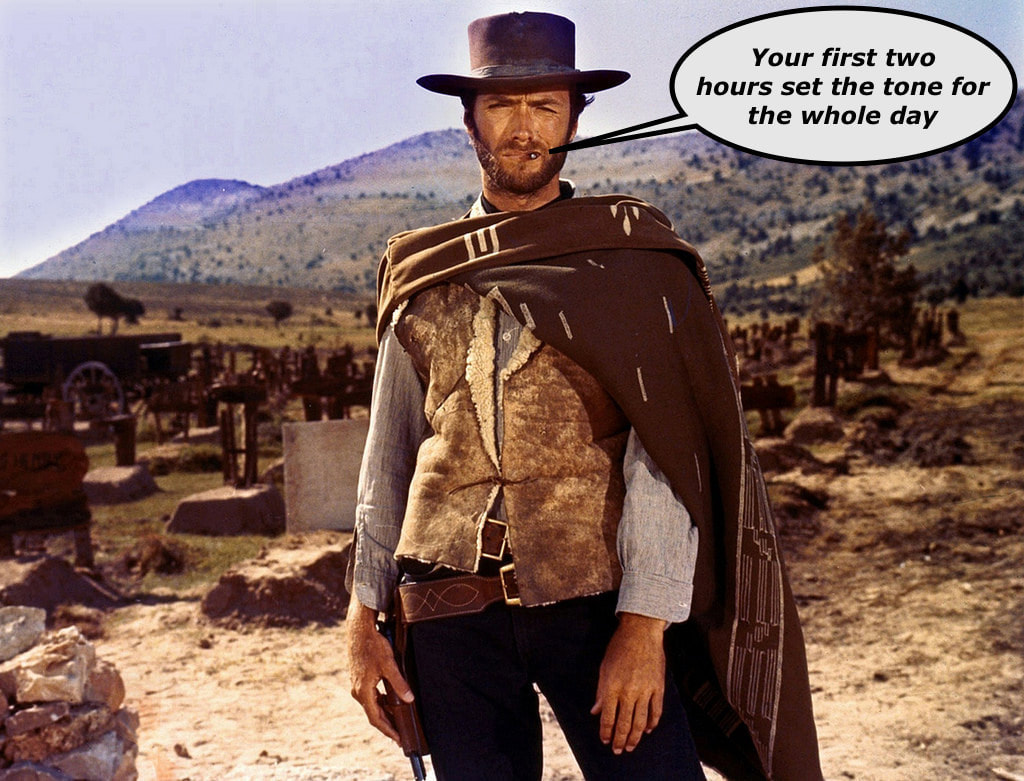
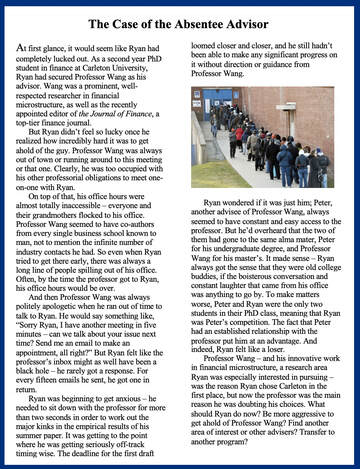



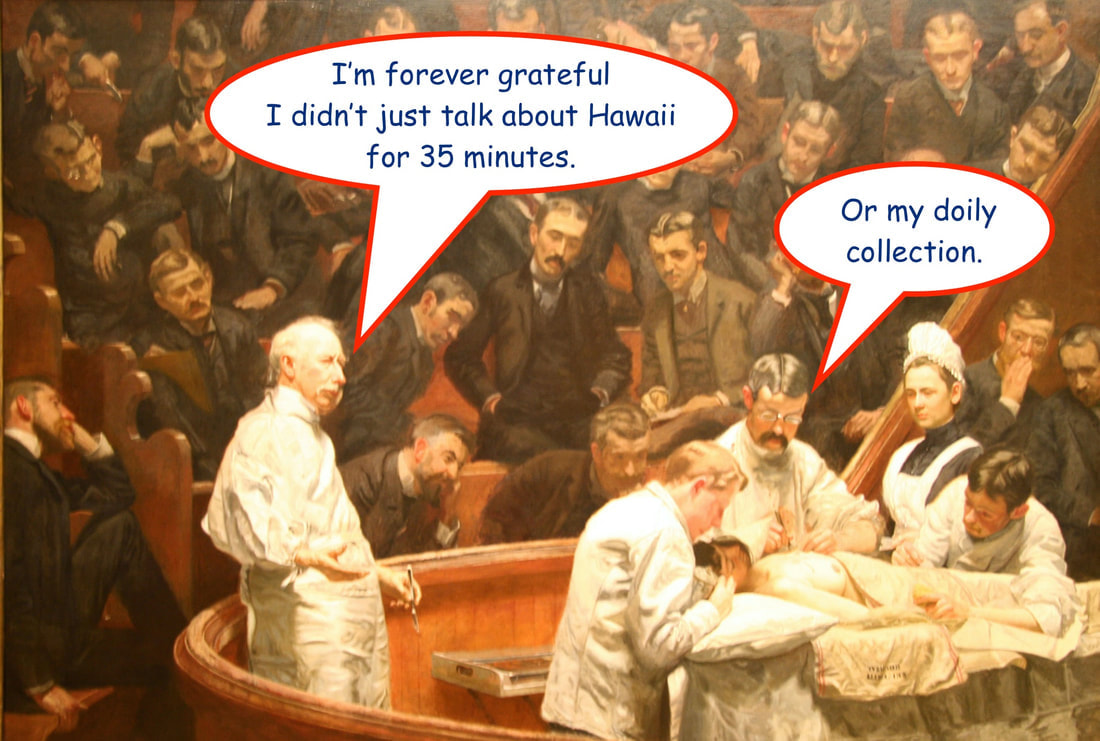
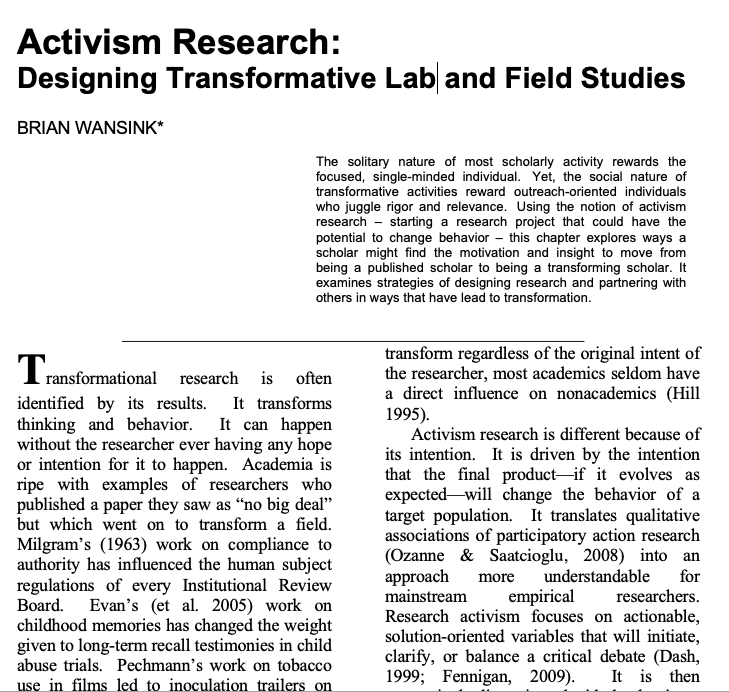

 RSS Feed
RSS Feed